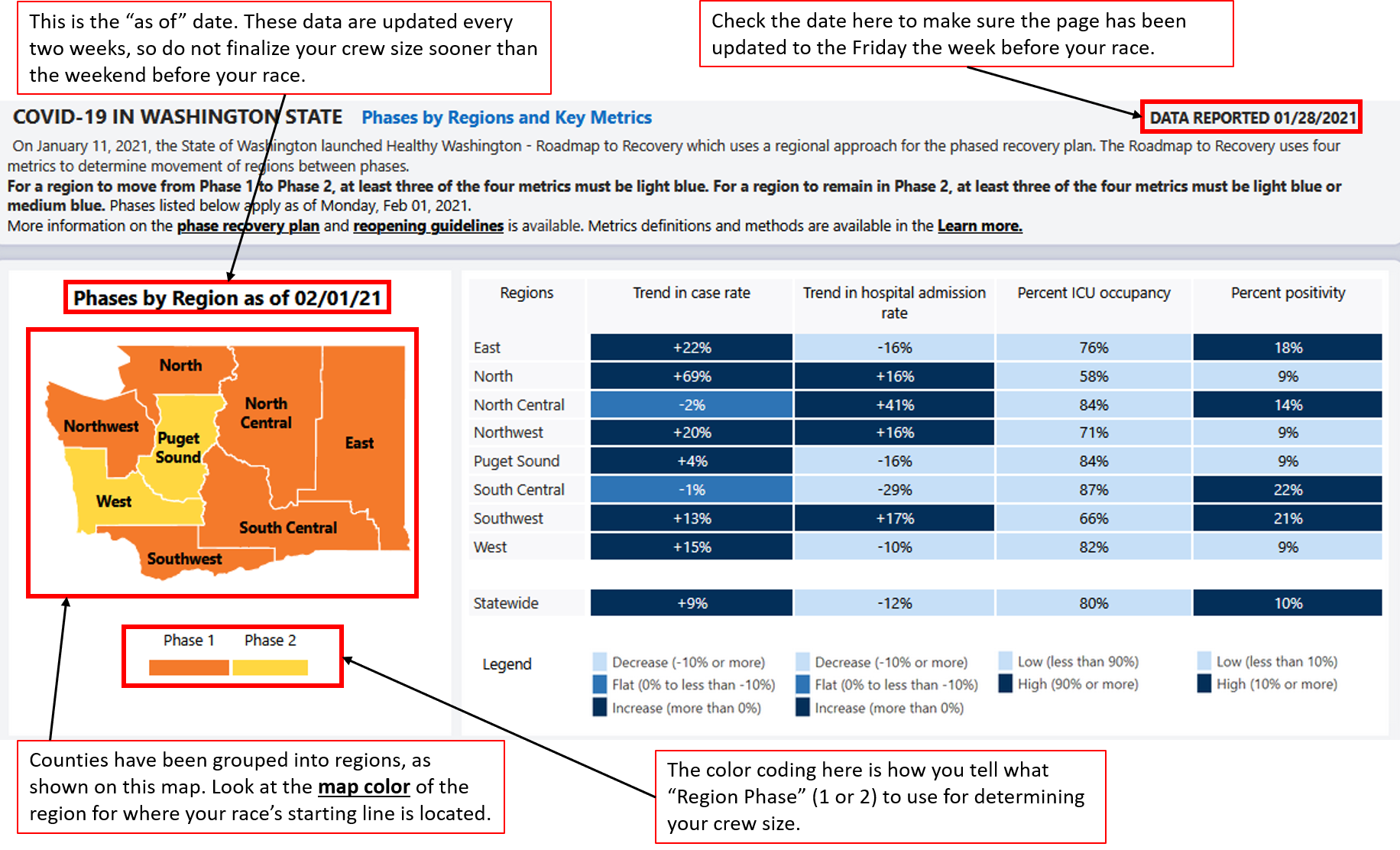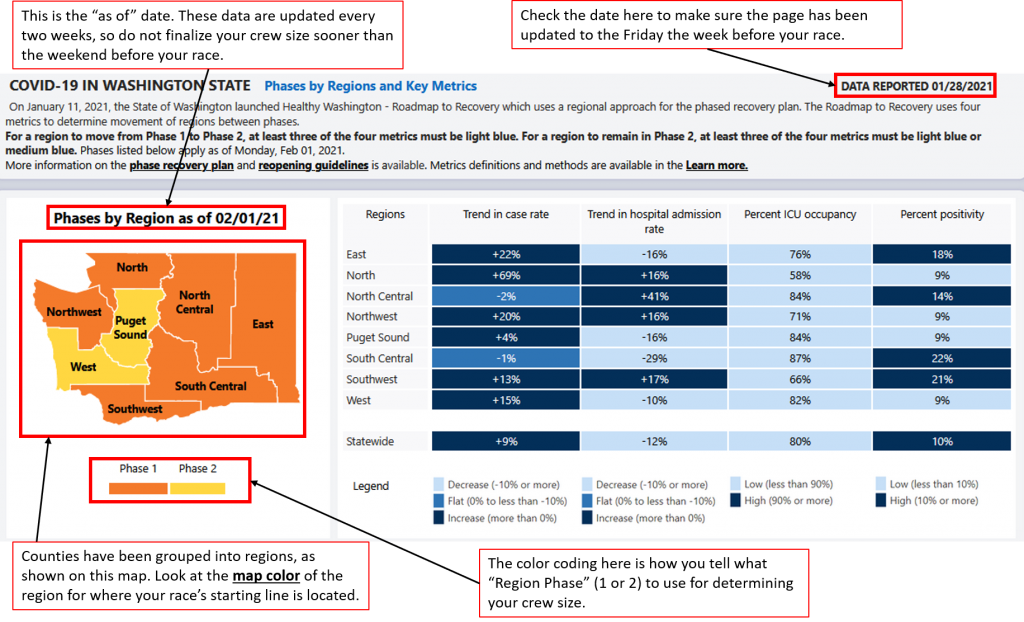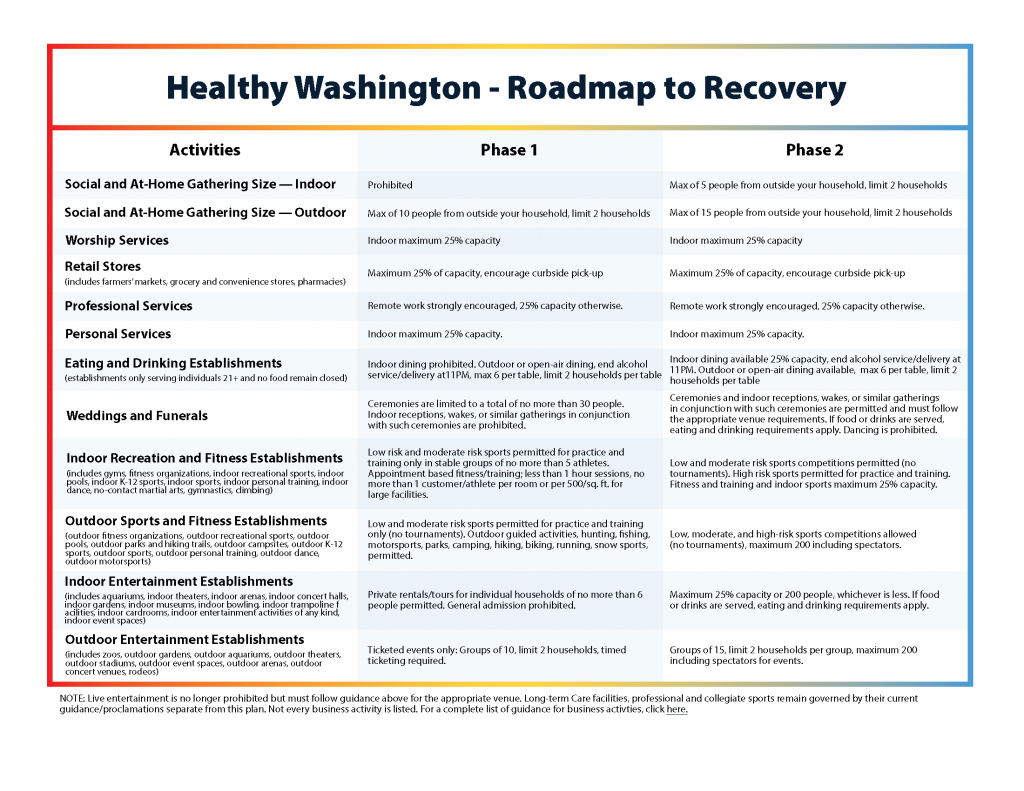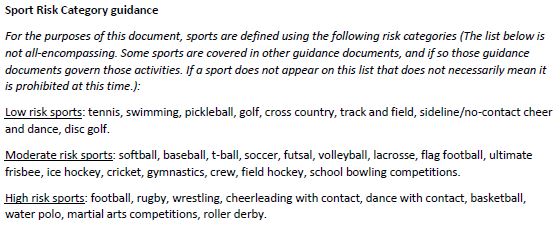

[Editor’s note: My apologies to all for not doing a better job of updating this blog since September. Some technical difficulties and other matters took the wind out of my sails, so to speak, and I never made time to get back to it. I have new hardware coming soon and I’ve promised myself to make more time for writing here. Thanks to all for your words of encouragement during the first season with One Life both for the boat and for this blog. This blog post is one way (I hope) to give back a little to the amazingly supportive sailing community here in Washington State.]
By my count, Washington State has issued around a half-dozen rules with the potential to impact whether or not we can race crewed sailboats since the pandemic began. I have a large amount of patience for these revisions given my day job is analyzing scientific research and if I’ve learned one thing in 20 years of doing it — science changes.
In January 2021, however, Washington State deleted permission for up to five people from unrelated households to gather outside (what I’ll call the “5-Person Rule”). This was the rule most local race committees used to restart racing in July of 2020. The rule allows for more people (10-15 depending on phase), but from only two households.
So, how do we race with the 5-person rule deleted?
Some of you may have seen an article in 48 North mentioning “guidance” from the Governor’s office for us to use the Charter Fishing guidelines, which allowed for 12 people on a boat. The problem is this recreation guidance rule also says people need to stay 6 feet apart. And where our initial understanding of the guidance suggested we could ignore this, subsequent conversations after the January 2021 Road to Recovery rules were issued made it pretty clear we could not. Unfortunately, this 6-foot separation, except in brief situations, just isn’t safe for crewed sailboat racing where we need to distribute weight on the leeward side to keep the boat upright.
Where does that leave us? And where does it leave race committees?
There is no question thing are less straightforward since the deletion of the 5-Person Rule. I’ve been in contact with boards and race committees around Puget Sound and have been closely following how committees are addressing crew limits in their Notice of Race (NoR) and Sailing Instructions (SIs). With one or two notable exceptions, most race committees are staying silent on crew size. They are effectively throwing their hands up and leaving the decision on COVID-19 guideline compliance to the boat owner.
I can’t say I’m a big fan of this, because our sport has a responsibility to act responsibly in times of a pandemic. I also believe it diminishes fairness to leave something so fundamental to pandemic racing as crew size limitations in a pandemic up to the individual boats given how crew size can impact competitiveness. Nevertheless, I suspect we will see generic compliance statements in the NOR and SIs from nearly all race committees during the 2021 racing season.
My intent here is to write something to help individual skippers to make an informed decision on crew size based upon the rules Washington State has issued. So that when we’re told by a race committee to “be compliant”, we all have some idea what that means.
The first thing we need to do is familiarize ourselves with the state’s new Roadmap to Recovery COVID-19 Data Dashboard. Click that link, and then follow along with the handy graphic I created to figure out the important bits (click the image to make it bigger).

First, figure out what region the start line for the race is located. Second, determine whether the region is orange (Phase 1) or yellow (Phase 2). The listed Phase is good for two weeks from the date just above the map, so take a quick peek there. The dashboard is updated at least once every two weeks on Friday, so if you’re checking on a Friday make sure the date in the upper right matches.
We now know whether the start line region is yellow or orange. Now what?
Here’s a simple table I developed based upon my understanding of the rules. I’ll get into how I arrived at these recommendations in a moment, but let’s start with the summary table.
| Region Phase | Crew Limit | Mask Use |
| Phase 1 (orange) | The smaller of captain’s comfort level or 12 | Required, unless all crew are from the same household. Recommended if the entire crew received their second dose of vaccine or 28 days after vaccination for the one-dose vaccine. |
| Phase 2 (yellow) | No restrictions, crew limit at the captain’s comfort level. | Strongly recommended, especially when on rail. Optional if the entire crew received their second dose of vaccine or 28 days after vaccination for the one‑dose vaccine. |
You’ll notice I held over the “12 maximum” from the Governor’s office original guidance. Since the 5-Person Rule was deleted, there clearly needs to be a max size for the lower phase.
How did I derive the table? Well, that’s a long story… (Even for me)
The January 2021 Road to Recovery rule revisions muddied the water considerably in terms of when crewed sailboat racing is allowed or not allowed, especially under Road to Recovery Phase 1. A good argument can be made the Road to Recovery Phase 1 rules prohibit crewed sailboat racing. If it weren’t for the preponderance of guidance and rules noted below, I would agree with this interpretation. However, there is a clear – if a bit more patchwork – path forward to allow racing under Phase 1 of the new rules. There is little to no controversy, in this author’s opinion, that racing is clearly allowed under Road to Recovery Phase 2.
There are a number of documents and conversations forming the basis of the table above and the rest of this blog post walks through each.
Healthy Washington Roadmap to Recovery – January 5, 2021
The Roadmap to Recovery rule dramatically changed Washington State pandemic rules. Not only did it change the metrics for determining pandemic risk levels, but it also abandoned county-level phases in favor of regional phases related (roughly) to the state’s emergency medical services/hospital service areas. The activities allowed in each phase are also very different.
The new Roadmap to Recovery rule allows larger groups than the 5-Person Rule (10 or 15 depending on phase), but from a maximum of two households.

What the new rules did not eliminate were provisions for guided fishing tours and team sports (click on the image above to see a bigger version). Importantly for organized crewed sailboat racing in Washington State, while the Team Sports Rule was modified a little, its core principles remain unchanged. These two rules, taken together, are what should allow organized crewed sailboat races in 2021.
The Road map To Recovery rules were modified again on January 28, 2021.[1] There were technical changes made to when movement between phases can occur. The big change is each phase now lasts at least two weeks instead of one week. As long as racers follow the Road to Recovery Data Dashboard, this change does not affect whether racing is allowed, mask requirements, or crew size.
Guidance from Governor Inslee’s Office
In November 2020, 48 North published an article reporting informal guidance on sailboat racing from Governor Inslee’s office. The guidance provided was for a max racing crew number of 12. Since the article was written, the Road to Recovery rules have come out and our understanding of the guidance from the Governor’s office has changed.
Those who are aware of the guided fishing charter rules know those rules come with a requirement to keep a six-foot separation on the rail between people. This is not possible on a race boat. In January 2021, further clarifications were provided by the Governor’s office – clarifications which were different from our November 2020 understandings.
To sum up the results of multiple conversations in 2021, the Governor’s office now says the 6-foot separation should be followed on race boats, except in brief instances of close contact. Specifically, the pertinent comment from the Governor’s office was,
“If the size of the sailboat allows participants room not to be stacked on top of each other and they are not required to do activities where they are constantly next to each other, then I see no barrier to doing racing under the guided activities guidelines.”
As racers know, this separation is not really possible because of safety and other considerations where crew needs to be grouped on the windward rail for potentially long periods of time on upwind legs. Does this mean crewed sailboat racing can’t happen given there is no safe/practical way to do so without having crew on the rail within 6 feet of each other?
No. I firmly believe racing can still happen because of the Team Sports Rule.
Importantly, the overall tone from the Governor’s office in November 2020 and January 2021 was clearly they thought crewed sailboat racing can still occur. While there is a lack of understanding what that looks like in terms of the cited guided fishing tour rules, the clear, permissive tone from the Governor’s office suggests careful application of overall pandemic guidelines can provide an open door for crewed sailboat racing to occur under the Road to Recovery guidelines.
Team Sports Guidelines
The core of the Team Sports Rule is how it categorizes different sports into Low, Medium, and High risk. The categories in the guidelines appear below (click for a bigger graphic).

Crewed sailboat racing is no more risky than other moderate risk sports like baseball, softball, volleyball, and ice hockey. All those sports are allowed under the January 2021 Road to Recovery Phase 1 rules, and all have situations where team members are in close contact for extended periods of time. It can be argued some of the sports on the “moderate risk” list offer more opportunity for exposure than crewed sailboat racing.
While crewed sailboat racing is not mentioned in the Team Sports Rule, certain assumptions can be made as to where crewed sailboat racing fits within the guidelines of the document. I believe crewed sailboat racing is a “Moderate Risk Sport” as defined in this document.
The “Low Risk Sports” tend to be team events comprised of individualized contests with little or no contact involved. The “High Risk Sports” are team-on-team contests with a great deal of close, aggressive physical contact (tackling, grappling, striking).
Volleyball (12 people on a court) and softball/baseball (9-13 on a field plus frequent, sustained close content in the dugout) feel more like crewed sailboat racing. Team members in these sports are frequently in close contact with members of the other team and teammates, but not aggressive physical contact like football, wresting, or roller derby. These Moderate Risk Sports also, generally, have periods of less strenuous physical activity where mask use would be expected under the rule.
The biggest problem for crewed sailboat racing is the Roadmap to Recovery new Phase 1 allows only practices for moderate risk team sports. The clear rationale behind this limitation is is to limit two different teams in contact on the same competition area. Sailboat racing is, of course, unique in this regard. There is absolutely no difference in intra-team contact between racing sailboat teams when practicing and racing – and practices are allowed for moderate risk team sports under Road to Recovery Phase 1 guidelines. Unless something goes very wrong during an organized race, a crew from one boat will not be in contact with crew from another boat – to the point we can probably count on one hand the number of such instances in an entire year of racing on Puget Sound.
It is much clearer that crewed sailboat racing should be allowable under Road to Recovery Phase 2 than Phase 1, but I argue racing is allowable under Road to Recovery Phase 1 as well because there isn’t a material difference between practice and racing for sailboats.
Therefore, the Team Sports Rule guidelines and the allowances under the January 2021 Roadmap for Recovery plan – combined with top-level guidance from the Governor’s office – appear to allow organized crewed sailboat racing in 2021 in both Phase 1 and Phase 2.
Masks
Over the last year of the pandemic, clear data have been generated on how wearing even a cloth mask reduces the chance for transmission of the SARS-CoV-2 virus by up to 95%. Mask wearing, regardless of the weather, proved to be completely possible for crewed sailboat racing during the 2020 season.
I know some crews — perhaps even many crews — talked themselves into the idea wearing masks while on the boat wasn’t possible. I honestly don’t have a lot of patience for this. We’re in such close quarters, not wearing masks is irresponsible. While they aren’t much fun to wear while wet, it is completely possible to do so. We never raced without masks on One Life in 2020 and I never observed a situation where consistent mask wearing while on board impeded any action or reduced safety in the dozens of races we had during the season. If everyone aboard is from the same household, then of course no masks are needed. In every other situation, mask up.
While short-duration exceptions proved necessary – temporarily dropping the mask to the chin during times where clear communication stern to bow was required, for example – masks can and should be worn on every race boat. This is especially true when the crew is gathered on the rail or clustered elsewhere on the boat during downwind or reaching legs.
On the rail? There is ZERO excuse for not wearing a mask on a multi-household boat.
Mask requirements are even more important given the expanded guidance from the Governor’s office received in 2021. This guidance clearly expressed some level of discomfort for extended periods where crew is closer than 6 feet apart. And mask wearing is required by the charter fishing rule.
While I show masks as only ‘recommended’ during Road to Recovery Phase 2, I would wholeheartedly agree with any race committee requiring masks for Phase 2 racing. Additionally, masks should continue to be worn regardless of vaccination status on a boat with a mix of vaccinated and un-vaccinated crew since long-term data from large clinical studies are not yet available to determine whether vaccination prevents transmission of the virus causing COVID-19. If an entire crew has been vaccinated, and the last dose of two-dose vaccine was 7 days or more before the race, or 28 days before the race for the one-dose vaccines, then masks should be considered optional by the race committee. This 7-day and 28-day rule for vaccinations is necessary based upon onset of virus protection data from the vaccine clinical trials.
Important Limitations of this Analysis and Disclaimer
I was not involved in the creation of Washington State’s rules. I do have deep professional experience in analysis of biotechnology and healthcare information, but I am neither an MD nor a PhD. While the I have been involved in the creation, lobbying, and passage of legislation at the city and state level, analysis of the intent of regulators is not a foolproof endeavor. This blog represents the “best effort” work of the author, but it is ultimately only one person’s opinion on the subject matter and no warranty of accuracy or fitness for a particular purpose has been expressed or implied.
If you have questions or comments on this, I’d love to hear them!
